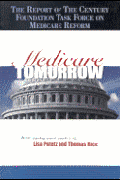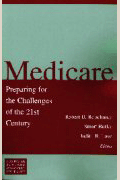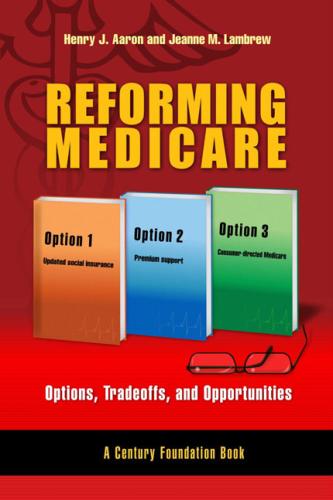Studies in this week’s Hutchins Roundup find that negative policy rates may be contractionary, Medicare Advantage plans game the system to attract profitable enrollees, and more.
Want to receive the Hutchins Roundup as an email? Sign up here to get it in your inbox every Thursday.
Negative policy rates are at best ineffective, may even be contractionary
Several central banks, including Sweden’s, have pushed policy rates below zero in the hopes that would stimulate economic activity. Using bank-level data from Sweden, Gauti Eggertsson and Ella Getz-Wold of Brown and Ragnar Juelsrud of the BI Norwegian Business School challenge that view. They find that negative central bank rates have a limited influence on the rates that banks set for deposits or loans, largely because banks are reluctant to cut rates to customers below zero. Further, they find that banks with high deposit shares have lower growth in loans after rates go negative. The authors conclude that negative policy rates are at best irrelevant to the economy, but because they probably lower bank profits, the total effect on overall output can be contractionary.
Medicare Advantage plans design their benefits to attract profitable enrollees
Under Medicare Advantage, the government pays private health insurers to cover beneficiaries who choose private insurance over traditional government-administered Medicare. In the early years of the program, it was widely believed that the government overpaid Medicare Advantage plans because the plans attracted enrollees who were healthier and thus, less costly. In response, the government introduced a new payment model in 2004 that used extensive detail on the health of enrollees to determine payments made to the Medicare Advantage plans. Plans were paid less for insuring healthy old people and more for sicker ones. However, Sungchul Park of the University of Washington and co-authors find that insurers who offered Medicare Advantage were able to game the new system as well. In particular, by changing benefit design, they were avoided less healthy (and thus, unprofitable) patients within a given health category. For example, Medicare Advantage plans raised copayments more for services needed by unprofitable beneficiaries than for other services, the authors find. They estimate that such behavior led Medicare Advantage plans to transfer $5.2 billion of their costs to the federal government between 2007 and 2009.
Trade in goods led to a net decrease in U.S. jobs, but trade including services increased jobs
Between 1995 and 2011, the United States imported more from China, leading many to analyze the “China shock” that reduced U.S. manufacturing employment. But in the same period, the U.S. also exported more around the world. Using the World Input-Output Database, Robert Feenstra of the University of California, Davis, and Akira Sasahara of the University of Idaho estimate that imports of manufactured goods and natural resources from China cost the U.S. about 2 million jobs. However, growth in U.S. manufacturing and resource exports to all trading partners added about 3.7 million jobs, about half in manufacturing and the rest in natural resources and services. Their bottom line: overall trade in manufactured goods and resources did decrease demand for labor, but because of the growth in service exports, there was a net increase in demand for labor.
Chart of the week: The rate of people changing jobs in the US is the lowest since the 1850s

Quote of the week:
“[T]he first criticism you always hear on price-level targeting is, if inflation’s high, do you really want to create a recession or create really high interest rates in order to get that price level down? I understand that argument. That’s why, in my speech at the Shadow Open Market Committee, I emphasized that I would do this under core inflation. I would do this in the same kind of balanced approach over time that the FOMC has used in terms of our current framework. Obviously, I would not support the idea that if the price level rose quickly that we would have to suddenly turn on a dime to bring it down,” says San Francisco Fed President John Williams.
“But… like [what] we’re doing with our inflation approach, if the inflation and the employment objectives… are currently out of balance, we say that we’ll take a balanced approach and try to bring both of them back over time. And I think that would be the right way to view a price-level or nominal-income targeting approach, that you would be doing this in a balanced way.”










Commentary
Hutchins Roundup: Negative policy rates, Medicare Advantage, and more
November 22, 2017